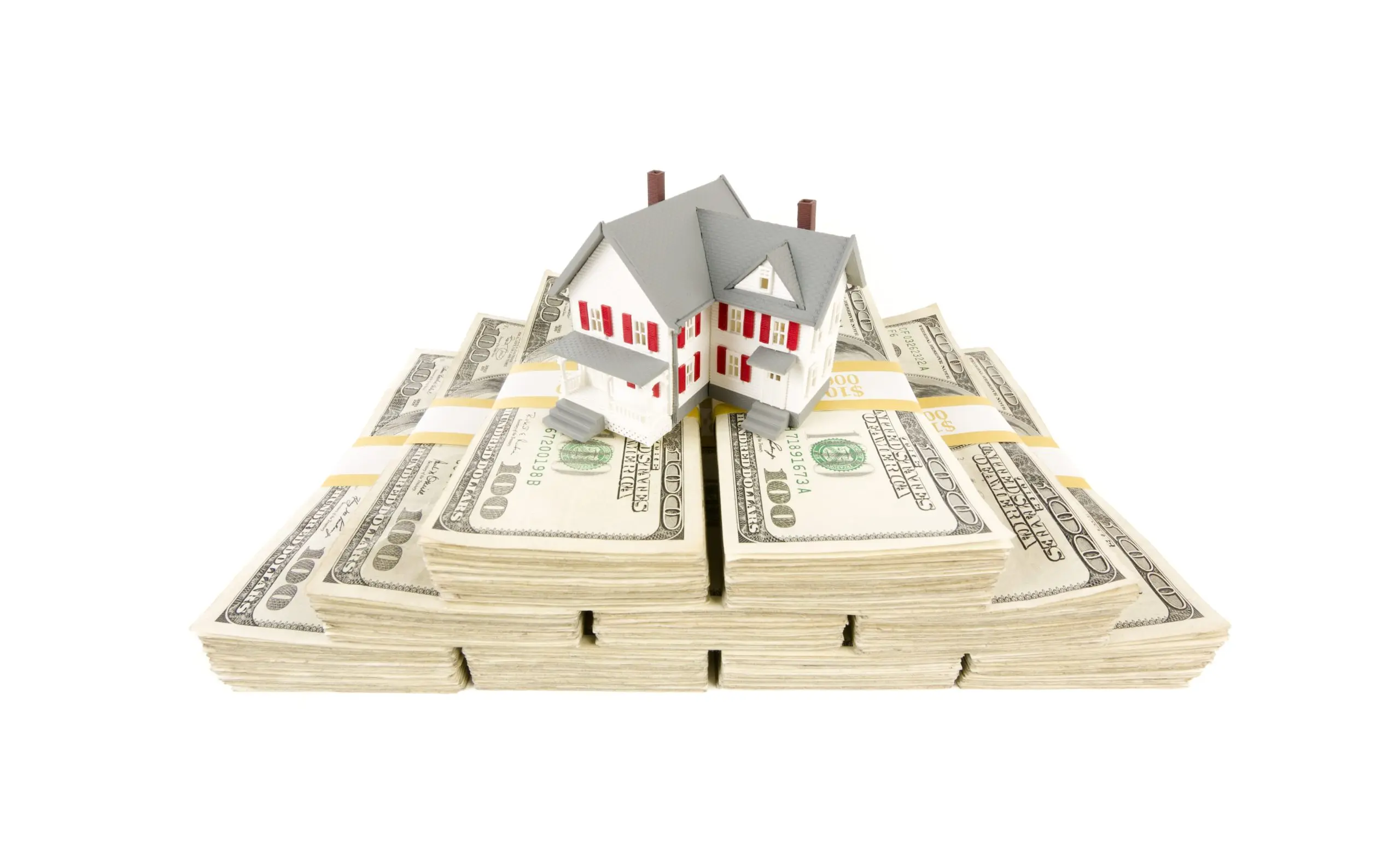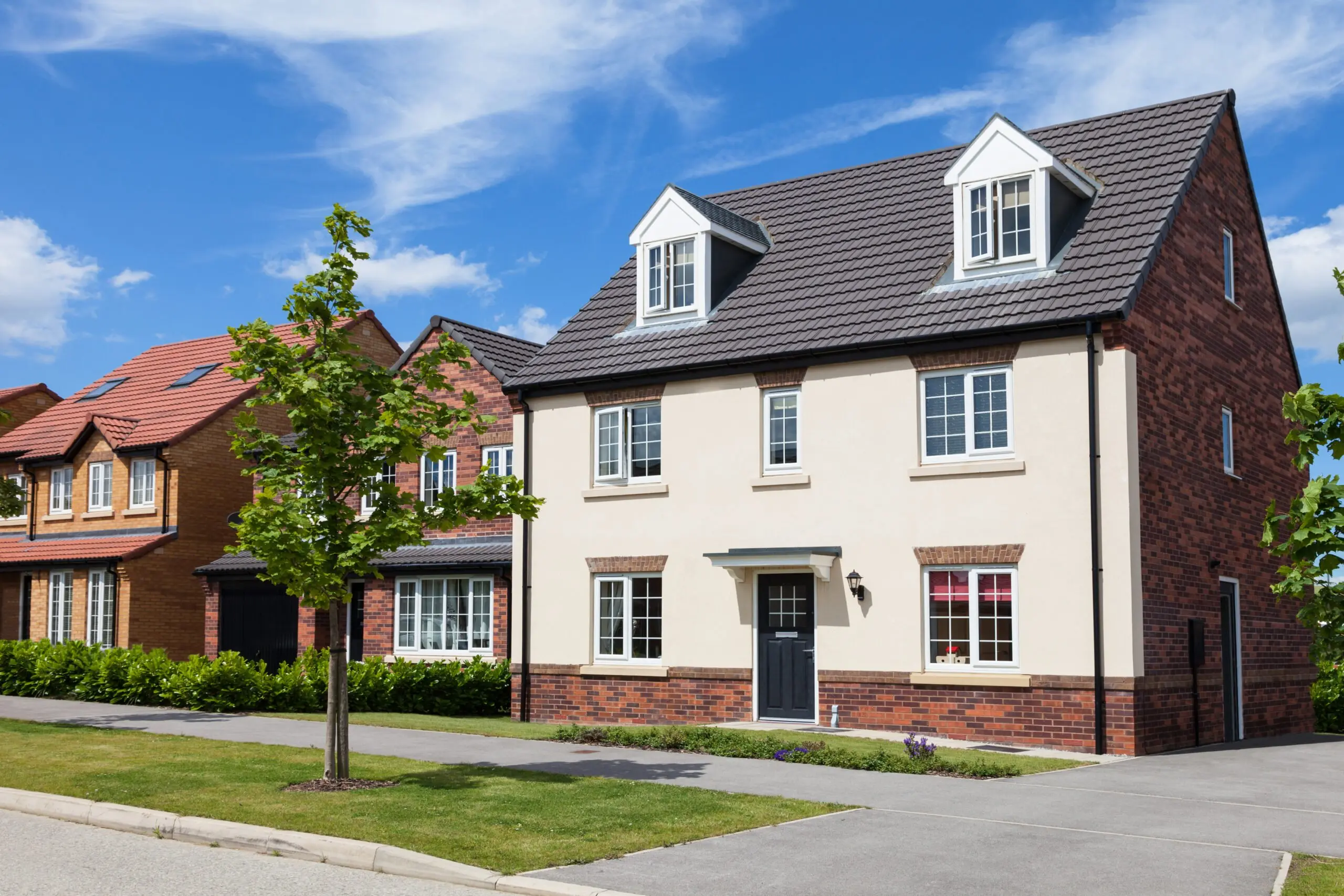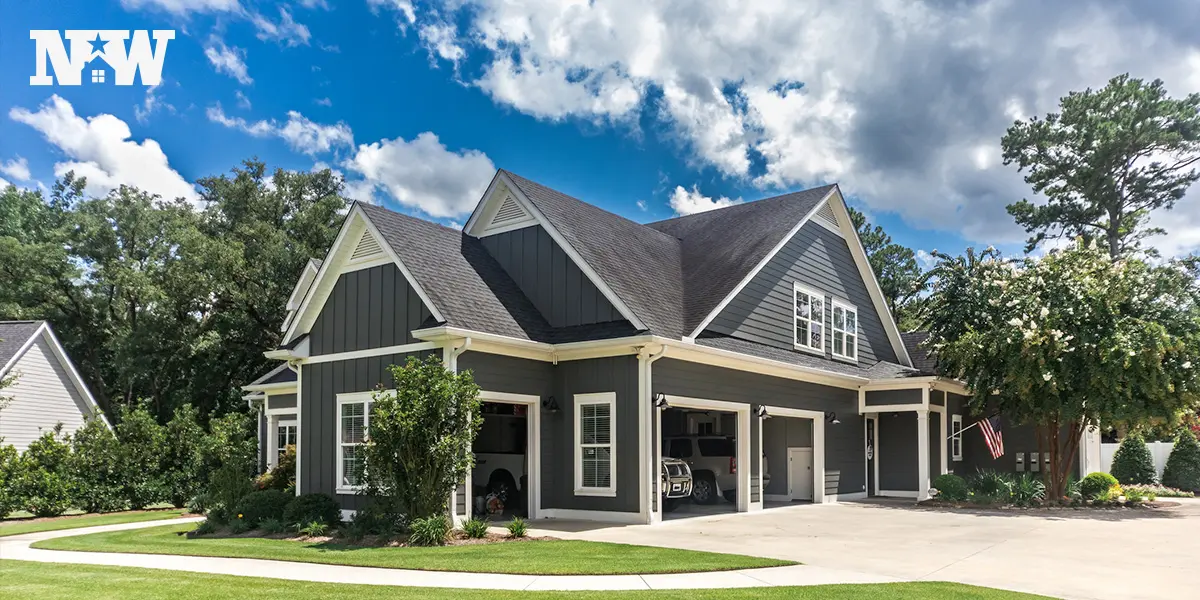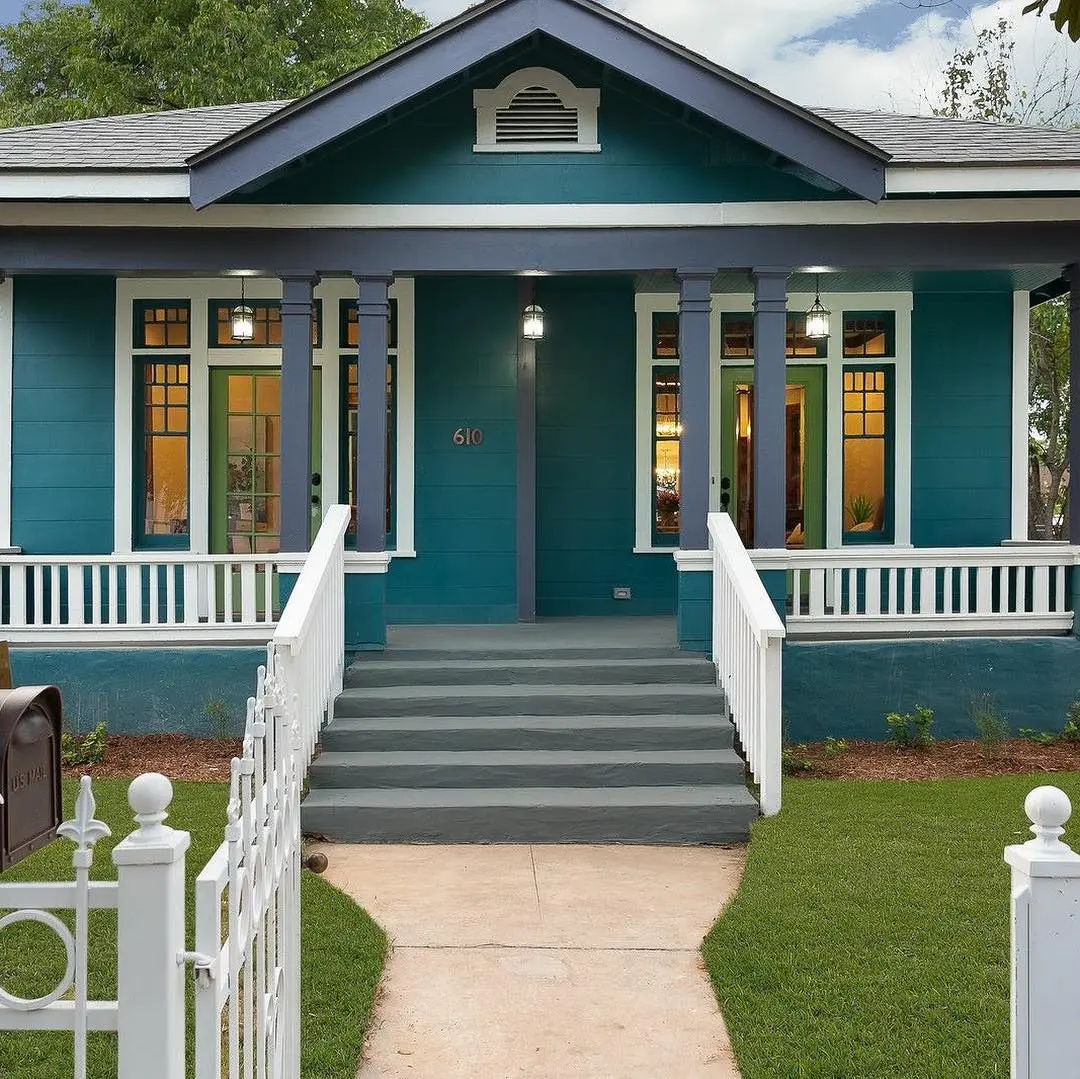Cash flow is the lifeblood of your real estate investments, but during times of economic uncertainty, you may be left wondering how to get the most out of your cash flow properties.
Or, you might want to diversify your portfolio by expanding your cash flow properties and finding new investment opportunities. This can be especially helpful if you live in an expensive area but are willing to invest in a rental property elsewhere. But first, you need to understand the ins and outs of cash flow and how to find and analyze cash flow property.
What Are Cash Flow Properties?
Your cash flow is what you get if you subtract all your property-related costs from your total revenue in a month or quarter. Property that generates cash flow typically produces higher cash returns with a lower level of appreciation compared to similar real estate property. However, this is positive cash flow. You can also end up with negative cash flow where you need to contribute your own money to keep it afloat.
Why Cash Flow Is Important
Cash flow enables investors to meet current financial duties and plan ahead for the future. In real estate, having a steady flow of cash is vital because it lets you:
- Use it within other real estate investment calculations, including:
- Cash-on-cash return (net cash flow or cash invested)
- NRV (net present value of discounted future cash flows
- IRR (internal rate of return, needed to calculate the return on investment, ROI)
- DSCR (debt service coverage ratio)
- Put extra income towards other investment opportunities: More disposable income equals more investment opportunities and portfolio diversity.
- Pay off the mortgage faster: If you have more money coming in, you can reduce your mortgage payment sooner and reinvest in a different property.
- Maintenance: A healthy profit margin dramatically enhances the ability to keep the investment running smoothly in the face of unanticipated maintenance costs, repairs, and upkeep.
- Safety: Having cash on hand provides security against inflation and unexpected situations like medical bills, auto repairs, and principal residence renovations.
Calculating Property Cash Flow
To figure out a property’s cash flow, add up all possible sources of income and then subtract all costs to get the net cash flow.
Here’s an example:
Monthly rent: $1000
Vacancy rate estimate 5% = $750
Monthly expenses/losses:
Mortgage: $350
Property taxes: $230
Insurance: $56
Property management: $100 (often around 9-10% of rental income)
Vacancy reserves: $50 (roughly 5% of the rental income)
Repair reserves: $100 (about 10% of the rental income)
Total monthly expenses: $886
With reserves adjusted based on the property’s risk, age, and state.
Monthly cash flow is gross rental income – all expenses: $1000-$886 = $114
Consider the property’s possible debts, something you may have yet to factor in.
Other potential expenses that weren’t taken into consideration:
- Utilities
- Advertising
- Business licenses
- Legal and professional fees (i.e., eviction expenses)
- Real estate agents, when vacant
- Missed rents
- Vacancy
- Tenant turnovers (move-out cleaning/repairs)
How to Locate and Analyze Cash Flow Property
The next big step is learning how to find cash flow properties and evaluate them.
Finding the right real estate market for cash flow properties can be challenging, though there are some strategies experienced investors use to find these properties. Here is what some investors look for when locating cash flow real estate markets:
- Diverse economic areas that are independent of one major employer
- Diverse job markets and strong (predicted) population growth
- Regions where the number of renter households exceeds the number of owner-occupied households and where demand for rental homes is on the rise
- Affordable and low property rates, including looking at specific neighborhoods
Experienced investors may also use the 1% rule to find good deals and to see if a property can create positive cash flow. In particular, the property is generating cash flow if it can earn at least 1% of the price it was bought for in rent.
For example, if you buy a property for $100,000, you should be able to rent it out for at least $1,000 per month to make money and meet the 1% rule.
Even though the 1% rule is a good starting point for figuring out whether or not a property will make money, there are other costs to think about:
- Mortgage costs and interest fees
- Property taxes
- Insurance
- Property management fees (if applicable)
- Vacancy
- Repairs
- Homeowners association fees (HOA fees, if applicable
How to Avoid Negative Cash Flow
If positive cash flow leads to profit and income, then a negative cash flow means that the cost of keeping the property running is higher than its value. Every investor must take these potential risks into account:
- Late or partial rent payments
- Vacancy rates that ended up being higher than initially predicted
- Failure to budget for emergency expenses like repairs
- Loan-to-value (LTV) ratios of 75% or greater lead to higher mortgage payments that leave little room for other expenses
The key to choosing a property that gives you the correct balance and positive cash flow is to work with professionals who know the real estate market in the area where you hope to invest.
7 Ways to Increase Property Cash Flow
Just because you purchase an investment property, doesn’t mean it will generate positive cash flow. Having cash flow requires implementing a strategy. Here are several ways to increase the cash flow of your investment properties.
1. Solid business plan: Many people fail to see the significance of having a solid business strategy and anticipating potential outcomes. The objective should be to have a plan that considers how to acquire the next best property and how to maintain and improve its performance over time.
2. Selecting the best area: It’s all about the location, location, location. There will be a wide variety of neighborhoods and communities, each with its own set of benefits; likewise, certain real estate markets will be excellent for appreciation, while others will be better for future cash flow.
3. Buy low: The price of the property should be another important factor when determining cash flow. The higher the price, the higher the mortgage, and bringing down the price even by a few thousand dollars can have an impact on your cash flow.
4. Expenses: Reducing day-to-day running costs is a great way to boost cash flow. Understandably, you’d want to make your property as comfortable as possible, but that doesn’t mean you should go into debt doing it.
5. Add new amenities: Some renters are willing to pay more every month for extra amenities, like in-unit laundry or a dishwasher.
6. Use tax deductions: Claiming certain tax deductions can help lower your tax liability, such as business expenses and depreciation. Tax codes vary depending on the market, so contacting a professional may be the best course of action.
7. Team effort: In dealing with out-of-state properties and the requirement for a local partner that is in sync with your objectives, a real estate team with a firm grasp of cash flow is an invaluable asset. Anyone aware of your desire to increase your income flow would fall into this category, including leasing agents, real estate brokers, and property managers. Don’t forget to create an incentive plan to reward your efforts if your team is productive and works well together.
Factors That Help Your Cash Flow
You need to make sure there’s more money coming in than going out. While this seems simple, there are several factors that can affect the cash flow a property produces.
- Rent increases: An easy way to increase your cash flow is by raising the rent, but staying within the market prices is crucial. If you raise the rent by too much, you run the risk of tenants moving out and having vacancies.
- Long-term tenants: Turnover and vacancy are the two biggest cash flow killers. To keep those renters happy, you need to answer maintenance issues quickly and professionally and keep rent increases within market prices.
- Maintenance: Clearing gutters before the winter, cutting trees that are near the property, and frequently maintaining building systems can help keep long-term maintenance expenses low.
- Property taxes: With property taxes always on the rise, some investors are unaware that they have the right to dispute an unjustified increase in their property taxes with the local government.
- Refinancing: Investors can take advantage of interest rate drops by refinancing, which reduces monthly mortgage payments. Make sure to keep an eye on closing costs to make sure it’s worth it.
Factors That Hurt Your Cash Flow
There are a number of things that can help your cash flow, but there are just as many that can hinder it:
- Out-of-range properties: Many investors who target the biggest fish wind up losing even more money because they are unable to keep up with the fees and expenditures of doing so. The solution? Draw up a plan for the property you want to buy and study the expenses and pricing over time compared to market values.
- Demand and vacancies: Knowing the neighborhood and the property’s tenant turnover rate might protect you from wasting time and money on a bad investment. Choosing a location with affordable rates and in-demand areas, as well as keeping up with marketing to advertise the property, may help reduce vacancies.
- Excessive upkeep: Unnecessary upgrades and repairs aren’t always worth the initial cost.
- Late rent: Not only does missed or late rent lower your cash flow, but it could mean paying building expenses out of pocket.
Cash Flow Properties for Sale
Finding cash flow properties is all about understanding the local market and making sure your investment’s cash acquired exceeds cash spent. If a property isn’t producing the desired cash flow, you may need to adjust your strategy.
Market research, a firm grasp of numbers, a careful assessment of costs and revenues, and a thorough examination of profit potential are all vital, but they can’t compare to the work of trained professionals. New Western helps investors find the best properties for their needs, risk preferences, and desired markets. Learn more about our process or get the latest investment property deals straight to your inbox.







